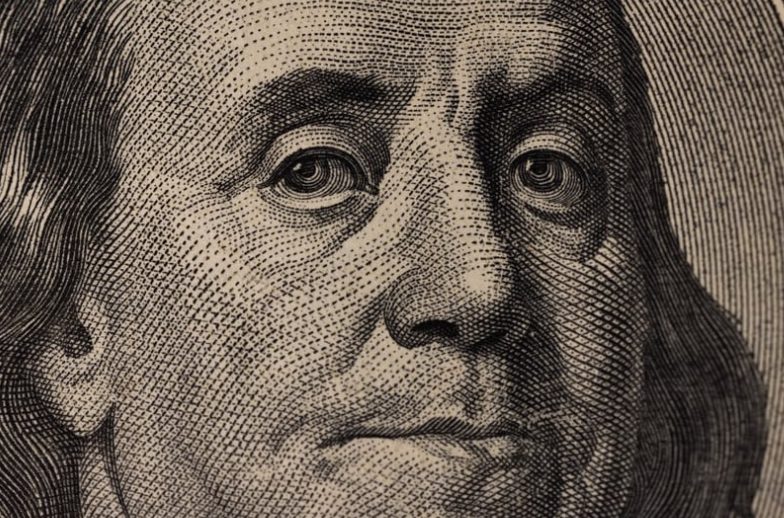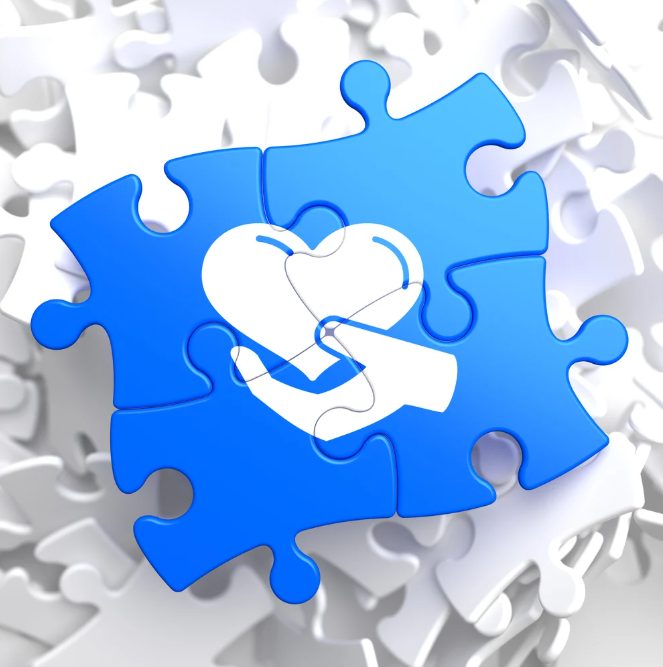
Emily Gonzales
Economic uncertainty can slow down many things, but it doesn’t stop generosity, especially the kind rooted in legacy.
At Make Philanthropy Work, we believe gift planning is one of the most resilient fundraising strategies, especially bequests. While annual gifts may fluctuate with economic conditions, donors’ long-term commitments often remain steady or grow.
That’s why we’re encouraging every organization to take a few smart steps this summer to build momentum around planned giving. Now is the perfect time to make it easier—and more meaningful—for donors to include your organization in their estate plans.
1. Refresh (or Build) Your Planned Giving Page
Your website is an important stop for a donor considering a legacy gift. A strong planned giving page should:
Define what a bequest is in plain language
Offer sample wording for including your organization in a will or trust
Include a clear, clickable call to action: “Let us know if you’ve already included us,” or “I’m interested in learning more.”
Provide the contact information of someone on your staff who can answer questions and help supporters make a planned gift
Highlight and celebrate your legacy society, if you have one
Include a testimonial from a donor who has left your organization in their will
Utilize language highlighting the tax benefits of a planned gift
You don’t need a flashy build-out. A simple, informative subpage or section on your main giving page is enough to spark meaningful action.
2. Use August’s “Make-A-Will Month” to Launch an Information Campaign
August is National Make-A-Will Month, a built-in opportunity to connect with donors about legacy planning.
You don’t need a full campaign. Keep it lightweight but purposeful:
A standalone email: “Make your will. Make your mark.”
Two social media posts about the impact of legacy gifts
A postcard mailing featuring a donor to your more loyal donors, a short newsletter feature, or a donor spotlight
Talking points for staff and board to use in one-on-one outreach
You may choose to frame it as a helpful nudge, not a hard ask. This is about supporting your donors in doing something they already care about: ensuring their values live on and that they are prepared for the future.
3. Invite the Conversation—Then Keep It Going
Planned giving is about trust, values, and legacy. Even if a conversation doesn’t lead to a gift, it can strengthen the relationship and uncover deeper alignment.
Here are a few ways to open the door:
Reach out to your most loyal donors with a thank-you and curiosity about what drives their giving
Use stewardship or discovery calls to ask if they’ve ever considered a bequest.
Use phrases that allow your supporters to not know about bequests (or qualified charitable distributions, life insurance, and gifts of stock, for that matter). Even wealthy supporters may be unfamiliar with finances, tax benefits, and ways to make planned gifts.
Remember that younger donors can make wills, too, because this strategy isn’t limited to a certain demographic.
Celebrate your existing legacy donors: make it easy and inclusive to join your legacy circle, not intimidating or elite
Legacy gifts are a long-term signal of connection. Invite that conversation, and make space to continue it over time.
4. Review Your Portfolio: Who Might Be a Legacy Giver?
Bequests are often “major gifts in disguise.” Many nonprofits miss the opportunity because they don’t realize who to engage.
Use your donor data to find planned giving prospects:
Loyal donors who give consistently, even small gifts, over many years
Volunteers, former staff or board members, or others with deep engagement
Donors with capacity who aren’t giving major gifts now, but might want to make a lasting impact in the future
Many Baby Boomers and members of the Silent Generation have tremendous wealth tied up in their home ownership. So, although they may not have the cash to make large gifts today, they can make a significant impact later.
Add tags or notes in your CRM to track affinity and longevity. Legacy giving is often more about commitment than capacity.
The Bottom Line
Legacy giving isn’t limited to the wealthiest or oldest donors. It’s about those who feel the strongest connection to your mission. With a few thoughtful updates, you can build a bridge between your donors’ values and your organization’s long-term sustainability.
Bequests are timeless. They don’t depend on next quarter’s budget, stock market volatility, or the current inflation rate—they’re about the next generation of impact.
Need Help Getting Started?
At Make Philanthropy Work, we take a holistic approach. Legacy giving isn’t a one-off tactic—it’s a key part of your broader fundraising ecosystem.
We help organizations:
Develop full-scale planned giving strategies
Integrate legacy giving into major gift portfolios
Build legacy societies and recognition programs
Train staff and board members to identify and engage planned giving prospects
Design information campaigns like Make-A-Will Month that build momentum without overloading your team
Let’s discuss aligning your values, data, and strategy—so your legacy giving efforts aren’t just a checkbox, but a gamechanger.



